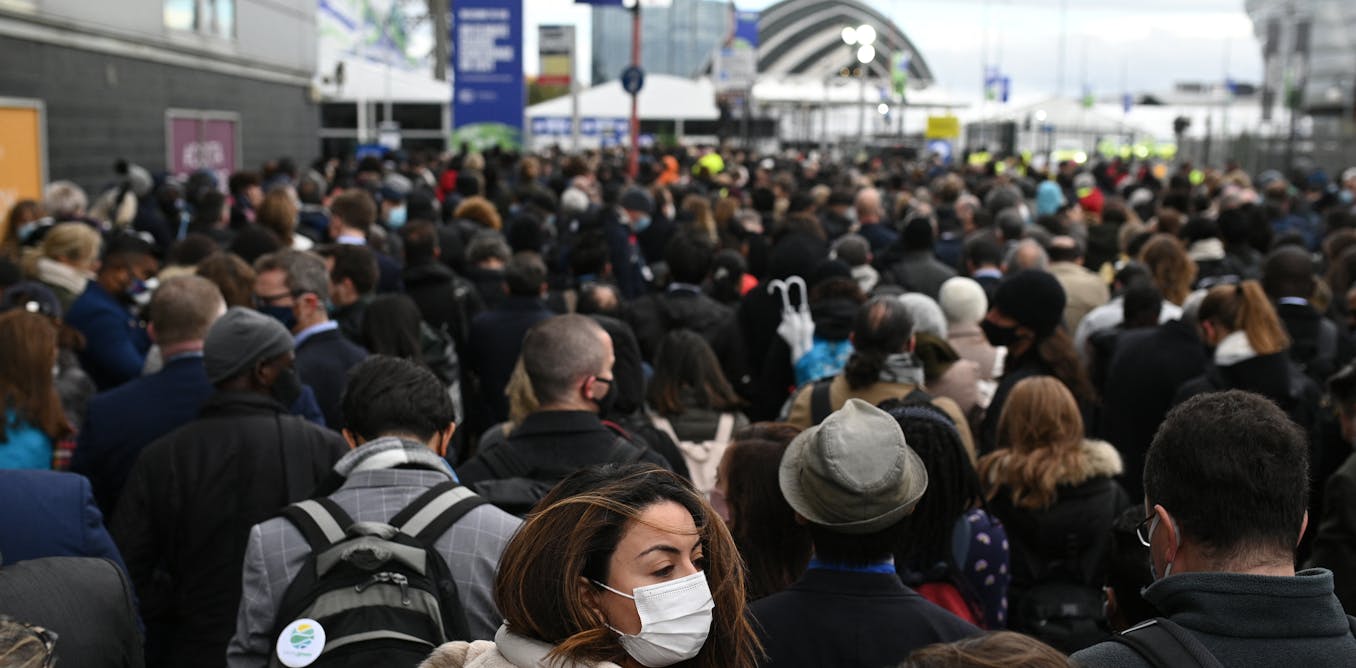This is a sponsored article brought to you by Amazon.
Innovation often begins as a spark of an idea—a simple “what if” that grows into something transformative. But turning that spark into a fully realized solution requires more than just ingenuity. It requires resources, collaboration, and a relentless drive to bridge the gap between concept and execution. At Amazon, these ingredients come together to create breakthroughs that not only solve today’s challenges but set the stage for the future.
“Innovation doesn’t just happen because you have a good idea,” said Valerie Samzun, a leader in Amazon’s Fulfillment Technologies and Robotics (FTR) division. “It happens because you have the right team, the right resources, and the right environment to bring that idea to life.”
This philosophy underpins Amazon’s approach to robotics, exemplified by Robin, a groundbreaking robotic system designed to tackle some of the most complex logistical challenges in the world. Robin’s journey, from its inception to deployment in fulfillment centers worldwide, offers a compelling look at how Amazon fosters innovation at scale.
Building for Real-World Complexity
Amazon’s fulfillment centers handle millions of items daily, each destined for a customer expecting precision and speed. The scale and complexity of these operations are unparalleled. Items vary widely in size, shape, and weight, creating an unpredictable and dynamic environment where traditional robotic systems often falter.
“Robots are great at consistency,” Jason Messinger, robotics senior manager explained. “But what happens when every task is different? That’s the reality of our fulfillment centers. Robin had to be more than precise—it had to be adaptable.”
Robin was designed to pick and sort items with speed and accuracy, but its capabilities extend far beyond basic functionality. The system integrates cutting-edge technologies in artificial intelligence, computer vision, and mechanical engineering to learn from its environment and improve over time. This ability to adapt was crucial for operating in fulfillment centers, where no two tasks are ever quite the same.
“When we designed Robin, we weren’t building for perfection in a lab,” Messinger said. “We were building for the chaos of the real world. That’s what makes it such an exciting challenge.”
The Collaborative Process of Innovation
Robin’s development was a collaborative effort involving teams of roboticists, data scientists, mechanical engineers, and operations specialists. This multidisciplinary approach allowed the team to address every aspect of Robin’s performance, from the algorithms powering its decision-making to the durability of its mechanical components.
“Robin is more than a robot. It’s a learning system. Every pick makes it smarter, faster, and better.”
—Valerie Samzun, Amazon
“At Amazon, you don’t work in silos,” both Messinger and Samzun noted….
Read full article: How Amazon Is Changing the Future of Robotics and Logistics

The post “How Amazon Is Changing the Future of Robotics and Logistics” by Dexter Johnson was published on 12/16/2024 by spectrum.ieee.org




































Leave a Reply